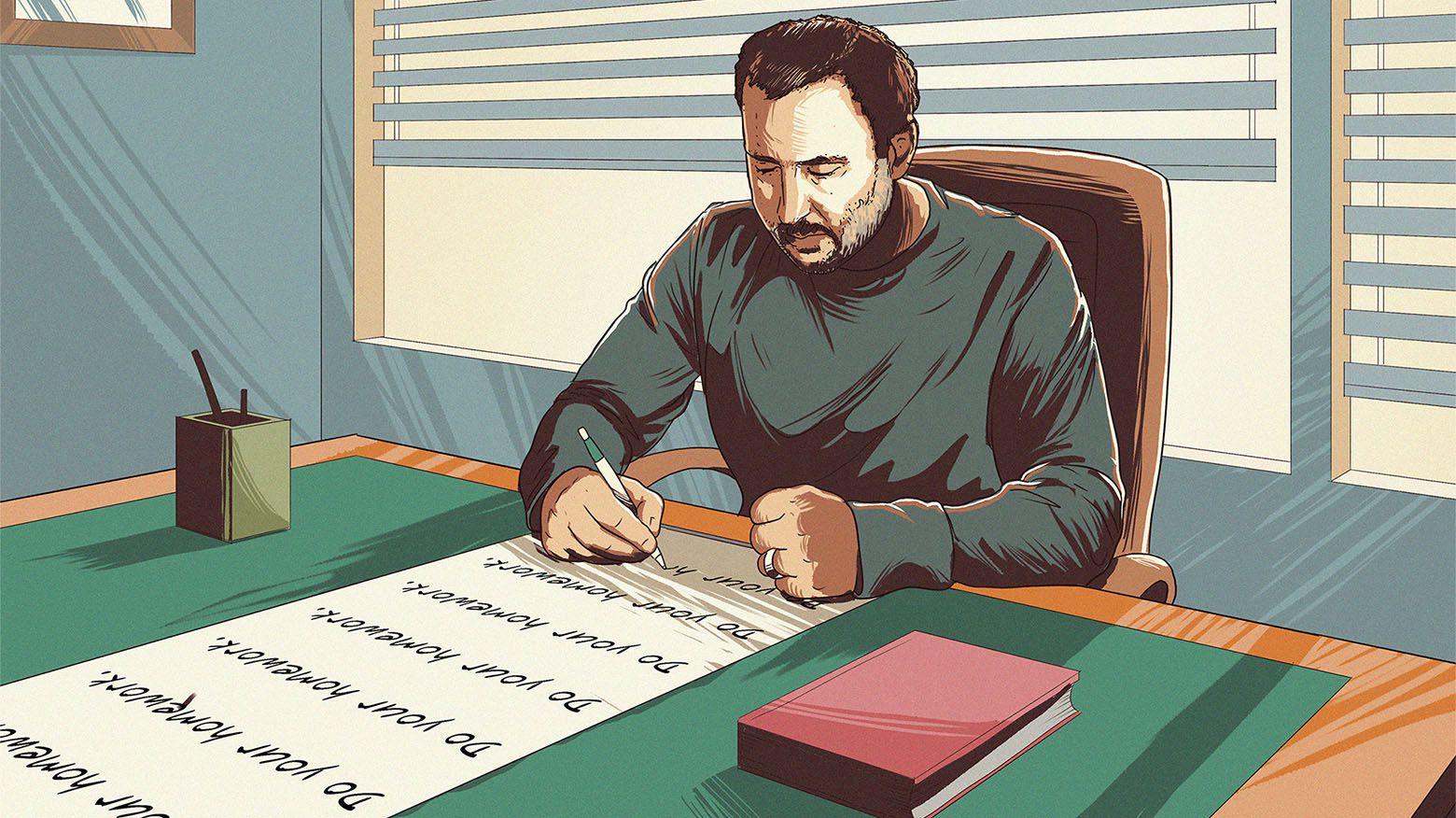I was interviewed by George who runs Fat Pitch Financials and Value Investing News. George also reviewed my book.
George: I’ve read that you have studied finance since you first started college. When did you discover that you were a value investor?
Vitaliy: I don’t think I can pinpoint a specific moment; it was a gradual process as I started out as a GARP (Growth at Reasonable Price) investor. Stocks I owned were high quality companies. They were growing earnings, most paid dividends, but they were fairly valued and thus earnings growth and dividends were the main source of the return. What I discovered over time was that the growth is a lot more elusive than I realized. Also, if the growth was very predictable you had to pay-up for it.
For high quality companies, the ones that had a strong sustainable competitive advantage, maintaining high return on capital (on existing projects) usually is not an issue, but finding new, incremental projects that have high return on capital became more difficult over time – they already have high market share, the industry growth slows down with time and the law of large numbers kicks in.
I realized that in the long-run to generate superior returns earnings growth and dividends should be supplemented by the P/E expansion.
George: What motivated you to write Active Value Investing: Making Money In Range-Bound Markets?
Vitaliy: As most key things in my life, including the birth of my kids, writing AVI was an accident. An instigator was an initial chapter that I wrote for a book that was compiled by an acquaintance. However, by the time I was done with that “chapter” it had the length of five chapters.
I compare my brain to a Caesar salad where ideas are like croutons mixed together with a lot of lettuce. Writing forces me fish out those croutons (insights) and organize them. This is in part why I like writing, often I don’t know how the article (or in this case the book) would look at the end. Over the preceding years I accumulated plenty of interesting insights through research, writing hundreds of articles and teaching. After the idea of the book was born, I was really excited to systematize, pull all my knowledge into a framework.
George: What were some of your biggest challenges in writing Active Value Investing?
Vitaliy: The first one was logistical. Writing a book is like writing a couple hundred articles that are logically interconnected. Keeping the connection going was a bit hard, as two months into the writing I could not remember if I already mentioned something or not. Also, while writing a first draft I was concerned that I would not have enough material for the whole book thus I was very liberal with words – the first draft was dripping with verbal fat and repetition. In hindsight, it was a good problem to have as cutting is easier than writing. All I had to do was create a fairly detailed outline and do a lot of cutting and pasting.
The second issue was the prediction dilemma. In the first part of the book I make a prediction that over next dozen years or so we’ll be in a stagnating market that goes nowhere. I did not want to use “it happened in the past, thus it will happen in the future” argument; on its own it is fairly weak. I knew if somebody made that argument to me, I would not buy it – it is too simplistic. As I said in the book: “history is prolific about the past but is mute about the future.” However, after looking a great deal into 100 years worth of detailed data I realized that there is a very good reason why range-bound markets take place.
Finally, I realized that even the future will play tricks on us, and a very high probability event – the range-bound market – may not take place (i.e. long-term market trend will be bull or bear). The strategy I describe in the book should still do well or better than other strategies. It has the lowest cost of being wrong!
George: From my experience, I know I often learn a lot by writing. What did you learn as a result of writing your book?
Vitaliy: Writing forces you to synthesize. Writing AVI forced me to learn from the good decisions, but more importantly from the bad ones. In fact, learning from the bad decisions is harder as revisiting these decisions brings plenty of pain.
George: Do the market’s current actions confirm to your thesis that we are in a range-bound market?
Vitaliy: This is a very important question. In the past secular range-bound market of 1966-1982, we have five small bull markets, five small bear markets and one small range-bound market. At the end all these markets cancelled out each other and the slope of overall market was fairly flat. In other words, if you bought a market index in 1966 (though at the time I don’t think they had an index fund yet), you would go through a very exciting rollercoaster ride, you’d collect stock dividends but at the end of 1982 your stock portfolio would be at roughly the same level as it was in 1966.
Today’s stock market action confirms my thesis; currently we are in a cyclical bull market. How long will it last? Will the next leg be cyclical bear or range-bound? I don’t know. I am not attempting to time the short-term cycle of the market, as I say in the book, ‘time (price) individual stocks’. Buy stocks when they are undervalued and sell them when they are fairly valued. And repeat this over and over again. Keep an eye on the (stock) ball, not the bowling alley (stock market).
George: Please describe a typical day in your life as a professional value investor.
Vitaliy: I don’t really watch much TV, CNBC is usually muted in the background. Though lately I’ve been watching Fox Business channel. I try to read as much as possible. I find that I get easily distracted when I listen to conference calls, plus I am easily annoyed by analysts questions that focus on trees but don’t see the forest, thus I read conference call transcripts. This way I read it on my own terms (while listening to music) and I skim over analysts absurd questions.
I actively trying to avoid distraction, though that doesn’t always work (but I am trying). I build models, read newspapers, annual reports, and corporate filings. Talk on the phone or by instant messenger to my circle of trust. I usually take work home, read more after I put the kids to sleep. I always try to measure my emotional state, if I feel overconfident I look on the wall where I have an annual report of a company I lost a boat load of money on framed (no, it is not Enron or Worldcom).
George: What advice would you provide someone interested in becoming a professional value investor?
Vitaliy: I cannot say it better than I said in this article which I wrote for Financial Times, and which is in the book as well. It is about the process. Look at your decisions in the context of the process. Of course it is also about controlling your emotions, not following the crowd – but you knew that.
George: In Active Value Investing, you describe an absolute PE valuation model you developed. Would you mind walking through an example of how you value stocks using your absolute PE model?
Vitaliy: It is very straight forward. I forecast earnings growth rate over the next five years, using the reverse growth pyramid that I described in the growth chapter. I forecast the company’s dividend yield and based on a lot of fundamental analysis determine its business and financial risk factors and earnings visibility. Pulling this analysis together, I determine the company’s fair value P/E, required margin of safety which leads me to buy P/E. I adjust fair value P/E by a fundamental return (earnings growth and dividend) and get a sell P/E. All this supplemented with DCF and relative valuation analysis.
George: As you know from my review, I found Chapter 12: Sell Process – Make Darwin Proud to be one of the key chapters in Active Value Investing. In this chapter, you describe several methods for Darwinian style stock selling. Which of the techniques are you specifically using currently in your stock selling decisions?
I am using all the techniques I mentioned in that chapter. I set a target sell valuation at the time I buy a stock. I have a buy, hold and sell valuation for every stock in our portfolios. I don’t delegate sell decisions to someone else, but when my partner at my firm thinks we should sell a stock I recommended he has a super vote (for the stocks he recommended I have a super vote). I am a proactive seller; I try to sell before problems escalate. I sell stocks when they reach predetermined valuation target, in fact over the last several months we sold a handful of stocks and only bought one stock.
I believe the Sell chapter rivals importance with the Valuation chapter. I called the book Active Value Investing to emphasize the importance of sell discipline. In the secular bull market not to sell decisions were rewarded, as valuations were pushed into irrational extremes. Secular bull markets program us to be buy and (not sell) hold investors. However, during range-bound markets we need to actively think about selling.
George: We are all about finding and reading financial news here at Value Investing News. What news reading and tracking tips do you have for other members of the VIN community?
Vitaliy: Read VIN!
George: You just made me blush. Thank you for the vote of confidence on Value Investing News. It’s good to know that the site is useful for both individual and professional value investors.
George: Do you have any plans to write another book in the future?
Vitaliy: I downloaded all the knowledge I accumulated over last 12 years into this book. As of today, I don’t envision writing another book for a long time. I spent evenings and weekends working on it, while keeping a day job and teaching a graduate finance class. To be honest I missed my kids. I don’t want to miss them growing up. I’ll write articles from time to time but that is far as I think my writing will go for now.
George: Thank you for your responses to my questions. Now we will open it up for questions from other members of Value Investing News.










0 comments